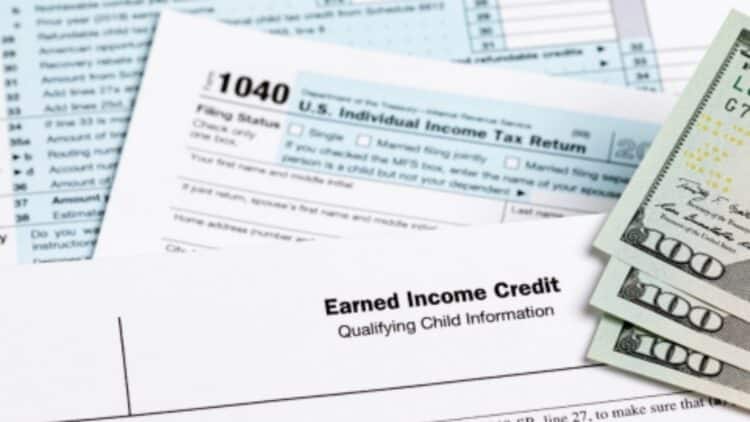The 2027 tax season will bring a series of changes thanks to the update to the Earned Income Tax Credit. This means that the amount taxpayers will receive from the income- and child-based tax relief will increase. In a recent announcement, the Internal Revenue Service (IRS) explained that due to the annual inflation adjustment for the tax credit, taxpayers will enjoy a larger tax refund thanks to the Earned Income Tax Credit (EITC). To qualify, they will need to have earnings below the thresholds set for adjusted gross income (AGI).
Talker Research conducted a study commissioned by TaxSlayer to examine how refunds are used. The results showed that these refunds are mainly used to pay bills, for food, to pay off debts, and to make necessary home repairs. The goal of the EITC is to fight against poverty among low-income Americans. Additionally, there are states like Washington DC and Puerto Rico where, in addition to having the federal EITC, they can also benefit from a state or local version.
Earned Income Tax Credit (EITC)
According to the official website of the United States Internal Revenue Service (IRS), the Earned Income Tax Credit (EITC) helps low- to moderate-income workers and families get a tax break. If you qualify, you can use the credit to reduce the taxes you owe – and maybe increase your refund. This federal tax credit is aimed at families or individuals with low to moderate income, and among its eligibility requirements are the number of children, whether they are dependents or not, whether the applicant is disabled, or if they meet other criteria.
Additionally, it is important for members of the military and the clergy to review the special rules as they may interfere with other government benefits. The EITC can reduce the taxes Americans owe or increase their refund even when they do not owe money to the IRS. It is a refund that families look forward to every year to help cover the cost of food, housing, childcare, or even to build up an emergency savings fund.
Changes in income limits
Looking ahead to the 2026 tax year, EITC eligibility requirements include maximum thresholds for adjusted gross income (AGI), which have increased slightly compared to previous years.
If the applicants are married couples, they may not exceed the following limits:
- $70,224 AGI with three or more children.
- $65,899 AGI with two children.
- $58,863 AGI with one child.
- $26,820 AGI with no children.
If the applicant is single, head of household, or widowed, they may not qualify for the EITC if their income exceeds:
- $62,974 AGI with three or more children.
- $58,629 AGI with two children.
- $51,593 AGI with one child.
- $19,450 AGI with no children.
Additionally, for the 2026 tax year, Americans may not exceed $12,200 in investment income to qualify for the EITC.
Where does the refunded money go?
Throughout the five decades it has existed, the EITC has proven to be, along with the child tax credit, one of the best tools for combating poverty among those with the lowest incomes. Taller Research commissioned TaxSlayer to conduct a study aimed at measuring the ambitions of Americans when receiving these refunds. The data revealed the following realities: of the sample of 2,000 people, nearly two out of three (64%) have already spent their tax refund money or are planning to do so soon.
And everyone agrees that their refunds will be spent on necessary purchases, considering essential the payment of bills such as rent (58%), groceries (48%), credit card debt (29%), and home repairs (13%). 61% stated that they rely on these refunds to carry out their budget plans, making it one of the most important social programs for Americans.
